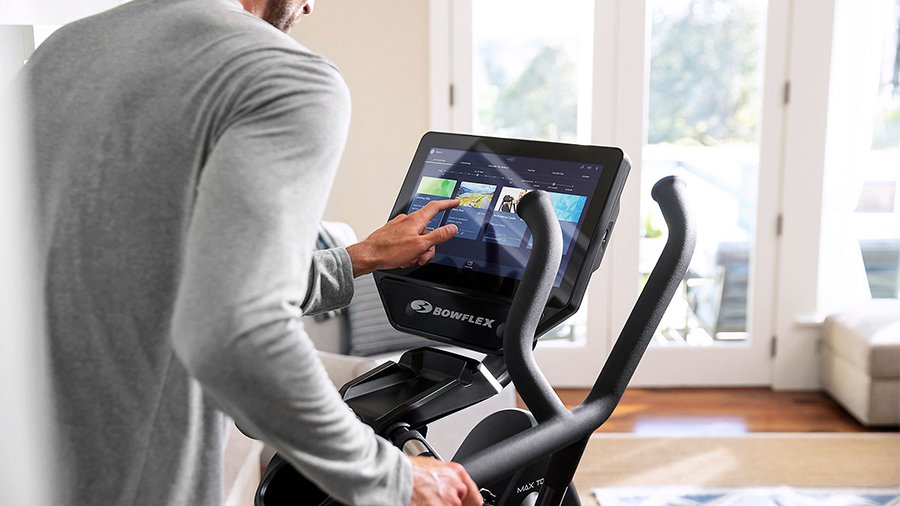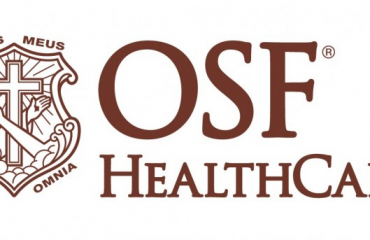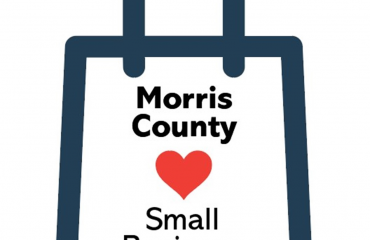Nautilus' CEO Remains Bullish On At-Home Fitness Potential – SGB Media
Select Page
Posted by Thomas J. Ryan | Feb 10, 2022 | SGB Executive
Nautilus, Inc. reported another loss on a steep decline in sales in the fiscal third quarter ended December 31 and slightly lowered its full-year guidance due to heightened promotions in the marketplace. However, CEO Jim Barr told analysts he remains bullish on the at-home fitness opportunity and Nautilus’ potential around it.
His comments came on the same day that Peloton’s John Foley stepped down as CEO of the connected-fitness leader as the company announced a massive restructuring that includes the loss of 2,800 jobs, or 20 percent of its workforce.
“The at-home fitness industry has been in the news quite a bit recently, largely due to two issues, speculation about long-term demand and challenges some of our competitors are currently facing,” Barr told analysts on a conference call. “Here’s our take on the market and Nautilus’s positioning. First, we are confident that the at-home fitness industry has grown rapidly over the last two years. And that the overall opportunity will remain significantly elevated for the long run. Second, we were not surprised that the industry seems to have regressed from its peak and is trending to a new normal level. It’s been impossible to be 100 percent correct in our planning and decisions at each stage of the pandemic, but we believe we have generally read the market well and have managed our business with disciplined execution through all phases of the pandemic. Third, we have a long-term strategy and a positioning that’s quite different from others. And over the past two years, we built a stronger team with new capabilities to tackle emerging opportunities and challenges.”
Regarding the at-home fitness opportunity, Barr said that since the outset of the pandemic, there has been a renewed focus on health and overall well-being, and on a larger level, people have gravitated towards well-known brands with strong value propositions. He added, “Nautilus fits squarely at the intersection of both these tailwinds. At the center of health and well-being is home fitness.
He also believes the market has so far behaved largely as expected.
After more than doubling over the past two years, the at-home market size is now regulating from its peak with more normal seasonality and he expects will settle at a new normal significantly above pre-pandemic levels based on a significant change in consumer’s exercise habits.
“We’ve been telling you for several quarters that our surveying shows that about 25 percent of former gym goers say they do not ever intend to return to the gym,” said Barr. “That figure actually ticked up to 29 percent during our third quarter and has held remarkably steady now for 18 months. Those attitudes manifested themselves in the formation of new long-term habits that favor at-home fitness.:
He noted that pre-pandemic, about 40 percent of people for whom fitness was important worked out at home. Nearly two years later, that number is close to 70 percent and is holding steady.
The evolution of the work model to working from home or a hybrid model is also a long-term driver of home fitness, he added.
“Another important catalyst for the change in workout habits is the digital transformation that has been occurring over the past few years in home fitness and was accelerated by the pandemic,” said Barr. “More people discovered that connected fitness not only can bring home many of the benefits of the gym, but the variety of programming such as in JRNY, fights boredom and keeps them at their fitness routine for longer. As a result of these changed habits and sediments, we continue to believe much of the industry growth opportunity will remain at elevated levels relative to pre-pandemic. This results in a stronger opportunity for our industry and for Nautilus.”
He believes Nautilus has been able to manage the ups and downs “through disciplined execution,” including tight inventory management, SKU rationalization, and regulating expense growth.
“We have stayed true to our asset-light manufacturing model,” said Barr. “We built inventories then regulated our orders once we were ready for fitness season, but have not needed to close facilities or cease production. We are in fact now reordering for the first half of fiscal 2023. We focused on fewer SKUs that are largely our best sellers and worked down that inventory during the third quarter as planned.
He said Nautilus has continued to add talent “even through the so-called great resignation” and prioritized strategic investment, such as JRNY and the Bowflex brand, but has regulated other expenses such as G&A until demand normalizes.
He also feels North Star’s long-term strategic plan, is designed to differentiate Nautilus from other competitors and “is built on our key strengths: well-respected brand, a portfolio of products that include multiple modalities and price points, making them more attainable, and broad multi-channel distribution.”
The North Star strategy includes the modernization of its Bowflex brand but a major focus is on improving and scaling its JRNY online platform that Barr feels is highly differentiated in the crowded at-home fitness space.
Barr said, “JRNY focuses on being your overall personal trainer, offering a variety of ways to work out on and off our products versus tilting towards any single use case, such as predominantly one modality or trainer-led classes. JRNY is also more affordable. We’re focused on investing in our company for the long term and have continued to keep our foot on the accelerator through our investments in JRNY, our brands, and our digital transformation. Our commitment to our strategy continues to strengthen as we began to see our strategic investments succeed.”
Third Quarter Sales Decline 22.2 Percent
In the quarter ended December 31, sales fell 22.2 percent to $147.3 million, missing Wall Street’s consensus estimate of $153.1 million.
Sales were down or down 21.7 percent excluding sales related to Octane, a commercially focused fitness equipment brand sold to True Fitness Technology in October 2020. Net sales are up 63 percent, or a 28 percent CAGR, compared to Q320, excluding Octane. The lower demand for cardio products was partially offset by strong sales of SelectTech weights and benches compared to the same period in 2020.
Net Loss Reaches $13.5 Million
The net loss came to $13.5 million, or 43 cents a share, beating Wall Street’s expectations for a 47 cents loss. In the year-ago period, reported earnings were $28.9 million, or 89 cents, and earnings from continuing operations were $29.3 million, or 90 cents, last year.
Gross margins were reduced by half to 20.3 percent compared to 41.1 percent last year. The 20.8 basis point decrease was primarily due to increased product costs, logistics and discounting (18 basis points) and increased investments in JRNY (3 basis points).
Operating expenses increased 35.3 percent, or $12.8 million, to $49.2 million. The increase was primarily due to $11.0 million more in advertising and a $3.6 million increase in JRNY investments. Total advertising expenses were $21.5 million versus $10.5 million last year. As a percent of sales, operating expenses increased to 33.4 percent from $19.2 million.
The operating loss was $19.3 million compared to operating income of $41.5 million last year, primarily due to lower gross profit and higher operating expenses The adjusted operating loss was $18.7 million.
Adjusted EBITDA loss from continuing operations was $14.8 million compared to income of $44.9 million last year.
Direct Segment Sales Drop 26.1 Percent
Retail Segment Revenues Slide 19.4 Percent
JRNY Update
Inventory Declines 21.3 Percent In Three Months
Inventory was $128.1 million as of December 31, down from $162.7 million as of September 30, 2021 but up 88.1 percent compared to $68. million as of March 31, 2021. The increase in inventory versus year-end is driven by the strategic decision to increase on-hand inventory levels ahead of the fitness season given the continued disruption in global logistics. About 15 percent of inventory as of December 31, 2021 was in transit.
Second Half Fiscal 2022 Outlook
Nautilus provided an update on its second-half outlook. Comparisons are being made against the same period two years ago for the next few quarters to gauge progress against more “normalized” results. Nautilus is also measuring results on a six-month basis from October 1, 2021 to March 31, 2022 because fitness season straddles the last two quarters of its fiscal year.
The updated guidance for the six months through March 31, 2022, includes:
Longer-Term View Beyond Fiscal 2022
Nautilus expects to return to positive adjusted EBITDA in the fiscal year 2023 and is on track to achieve operating margins of 15 percent by FYE 2025, with margins expanding to high teens by FYE 2026. The targets are in line with the forecast given during the second-quarter results.
Photo courtesy Nautilus
Share:
Designed by Elegant Themes | Powered by WordPress



